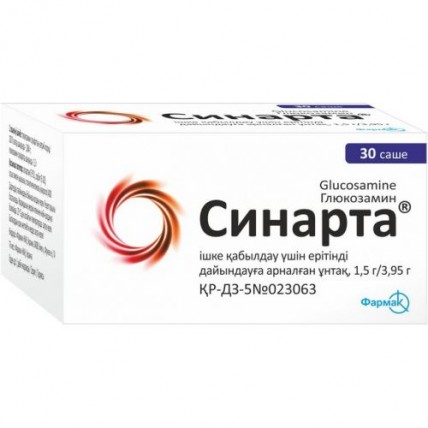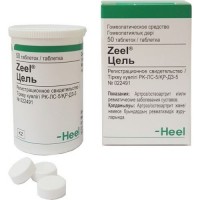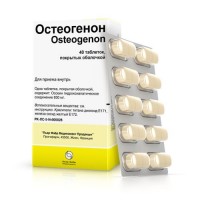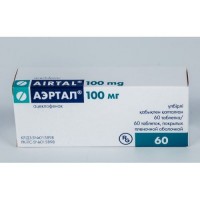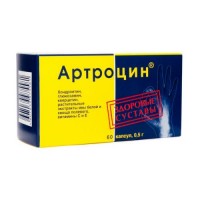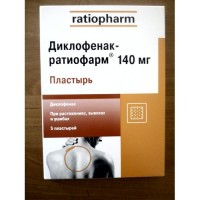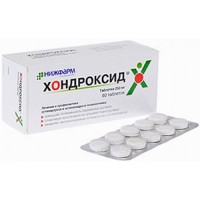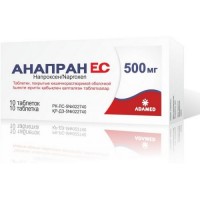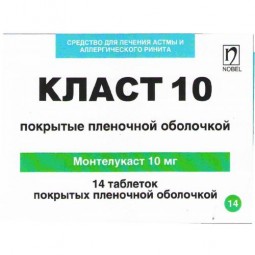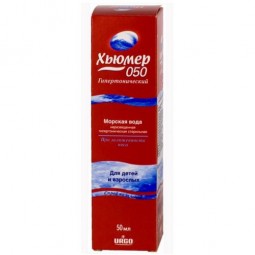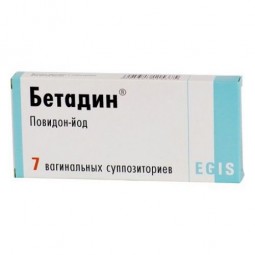Sinarta 1.5g / 3.95g of powder for sachets 30s solution
- $41.30
The instruction for medical use of SINARTA medicine the Trade name of Sinart Mezhdunarodnoye the unlicensed name Glycosamine Dosage Form Powder for preparation of oral solution, 1.5 g / 3.95 Structure of 1 sachet contains a sodium sulfate glycosamine chloride in terms of 100% substance of 1.884 g, in terms of a glycosamine sulfate of 1.500 g, excipients: aspartame (E 951), sorbite (E 420), anhydrous citric acid, polyethyleneglycol (macrogoal) 4000. Description Crystal powder of white or almost white color, flavourless. Existence of impregnations or lumps of light brown color is allowed. Pharmacotherapeutic group Nonsteroid anti-inflammatory and antirheumatic drugs. Other non-steroidal anti-inflammatory drugs. Glycosamine. The ATX M01AX05 code the Pharmacological Pharmacokinetics of 90% of a Dose of a Glycosamine of Sulphate properties is quickly and completely soaked up from digestive tract, passes through biological barriers and gets into fabrics, mainly articulate cartilage. Bioavailability – 26%. Elimination half-life – 68 hours. A pharmacodynamics Active ingredient – salt of an aminomonosaccharide of a glycosamine of sulfate which is present at a human body and is used together with sulfates for biosynthesis of hyaluronic acid of synovial fluid and glikozaminoglikan of the main substance of an articulate cartilage. The mechanism of action of a glycosamine of sulfate – stimulation of synthesis of glikozaminoglikan and, respectively, articulate proteoglycans. Besides, the glycosamine shows anti-inflammatory properties, slows down processes of degradation of an articulate cartilage mainly due to its metabolic activities, ability to oppress activity of interleukin 1 (IL-1) that, on the one hand, promotes action on osteoarthritis symptoms, and with another – a delay of structural disturbances of joints. The efficiency of a glycosamine of sulfate concerning an osteoarthritis is obvious in 2-3 weeks from an initiation of treatment. Indications – Treatment of symptoms of an osteoarthritis, that is pain and functional restriction to Apply the Route of administration and doses inside. Adult patients and patients of advanced age: the contents of 1 sachet equivalent to 1500 mg of a glycosamine of sulfate to dissolve in a glass of water and to accept 1 time a day, it is desirable at meal time. A course of treatment – 4-12 weeks or longer (if necessary). On doctor's orders it is possible to repeat treatment 2-3 times a year at an interval of the 2nd month and also at a disease recurrence. Side effects Determination of frequency collateral the phenomena is carried out according to the following criteria: very often (≥ 1/10), it is frequent (from ≥ 1/100 to ≤ 1/10), infrequently (from ≥ 1/1000 to ≤ 1/100), is rare (from ≥ 1/10000 to ≤ 1/1000), is very rare (≤ 1/10000), unknown frequency (frequency cannot be estimated from available data). From digestive system: often – an abdominal pain, a meteorism, dyspepsia, diarrhea, a constipation, nausea, from nervous system: often – a headache, drowsiness, fatigue, unknown frequency – dizziness, from the immune system: unknown frequency – allergic reactions, from organs of sight: unknown frequency – a visual disturbance, from skin and its structures: infrequently – an erythema, an itching, rash, unknown frequency – a Quincke's disease, a small tortoiseshell, a hair loss. Contraindications – hypersensitivity to a glycosamine or to any of excipients – powder for oral solution contains aspartame and therefore it is contraindicated to patients with phenylketonuria – patients cannot use the drug Sinarta with an allergy on mollusks as active ingredient is received from mollusks – hereditary intolerance of fructose as as a part of a product there is a sorbitol – the period of pregnancy and feeding by a breast – children's age up to 18 years Medicinal interactions Special researches of interaction with other medicines were not conducted. However physical and chemical and pharmacokinetic properties of a glycosamine of sulfate testify to the low potential of such interactions. Besides, sulfate does not suppress a glycosamine and does not induce any of the main CYP450 enzymes of the person. Actually, connection does not compete for mechanisms of absorption and does not contact proteins of plasma after absorption, and his metabolism as endogenous connection which joins in proteoglycans or breaks up irrespective of the system of enzymes of cytochrome it is improbable will lead to interaction with other medicines. Nevertheless, strengthening of effect of coumarinic anticoagulants at their accompanying use from a glycosamine was noted by sulfate. Therefore at patients who accept such means at the beginning and at the end of therapy by a glycosamine more fixed control of parameters of coagulation can be necessary. At oral administration of a glycosamine, sulfate can strengthen gastrointestinal absorption of tetracyclines. Drug is compatible to non-steroidal anti-inflammatory drugs and glucocorticosteroids. Special instructions Use for elderly people No specific pharmacokinetic researches were conducted, but according to clinical experience the dose adjustment is not required at treatment of elderly people. Patients with renal failures and (or) a liver to Apply only under observation of the doctor to patients with a liver and renal failure. Not to take measures to children up to 18 years as safety and efficiency of drug for such patients are not established. It is necessary to consult with the doctor to exclude presence of other diseases of joints which can demand other treatment. At patients with the broken tolerance to glucose the monitoring of level of glucose in blood is necessary and, if necessary, it is recommended to define the need for insulin before an initiation of treatment and periodically during treatment. In an initiation of treatment for patients with diabetes it is reasonable to carry out control of level of sugar to blood. At patients with the known risk factor for cardiovascular diseases, it is recommended to control the level of lipids in blood as the hypercholesterolemia is observed in certain cases at the patients receiving a glycosamine. At patients with asthma drug should be used with care as such patients can be more inclined ment of allergic reactions to a glycosamine with possible aggravation of symptoms of their disease. Special researches at patients with a renal failure or a liver were not conducted. The toxicological and pharmacokinetic profile of drug does not demonstrate restriction of its use for such patients. However at patients with heavy an abnormal liver function or kidneys drug should be used under observation of the doctor. 1 bag contains 6.6 mmol (151 mg) of sodium. It should be taken into account to patients with a renal failure or to patients who keep to a diet with the controlled content of sodium. Not to apply use in pediatrics to children as safety and efficiency of drug for such patients are not established. Use during pregnancy and a lactation the Data on use of drug during pregnancy or feeding by a breast are absent therefore use of drug is contraindicated to this category of patients. Features of influence of drug on ability to run transport and potentially dangerous mechanisms of the Research about influence of drug on ability to drive the car and other mechanisms were not carried out. It is necessary to be careful at control of vehicles and the performance of work requiring attention. In case of drowsiness, fatigue, dizziness or disorders of vision the control of motor transport and work with other mechanisms are banned. Overdose Cases of overdose were not noted. Based on researches of acute and chronic toxicity at animals, toxicity symptoms will hardly arise even in the doses exceeding a therapeutic dose by 200 times. However in cases of overdose strengthening of manifestations of side reactions is possible therefore it is worth carrying out the symptomatic treatment directed to recovery of water and electrolytic balance. A form of release and packing On 3.95 g in a sachet from a folgoplen. On 10 or on 30 sachets together with the instruction for medical use in the state and Russian languages put in a pack from cardboard. To Store storage conditions at a temperature not over 25 ºС. To store out of children's reach. 2 years not to apply a period of storage after an expiration date. Prescription status According to the prescription PJSC Pharmak Producer, Ukraine, 04080, Kiev, st. of Frunze, 74. The owner of the registration certificate of PJSC Pharmak, Ukraine the Name, the address and a contact information of the organization in the territory of the Republic of Kazakhstan, the accepting claim (offer) on quality of medicines from consumers and responsible for post-registration observation of safety of medicine Representative office of PJSC Pharmak in the Republic of Kazakhstan the Republic of Kazakhstan, Almaty, index 050012, Amangelda St., 59 'A'
Business center 'Shartas', the 9th floor
Business center 'Shartas', the 9th floor
